KIDS CORNER
Vision & Learning
Tips and tricks for at-home care, recommendations for your child’s first pair of glasses, warranty information, and much more! We promise, your child will love getting #FramedByNuvo!
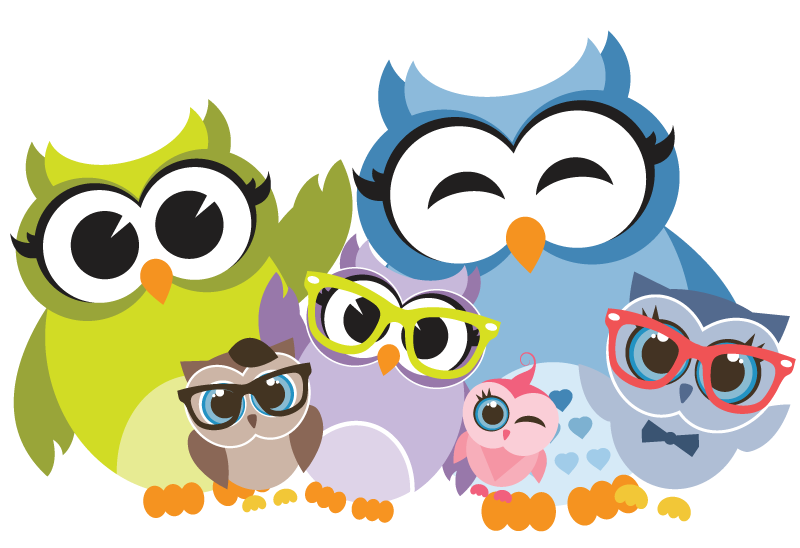
Kids are at risk for vision problems if...
- There were health problems during pregnancy
- They were born prematurely
- There were complications at birth
- They had certain childhood illnesses (infections, high fever)
- There is a family history of vision problems
- They have certain health conditions or developmental disabilities
Untreated vision issues can lead to...
- Frustration with learning
- Learning at a slower rate than other children
- Behaviour and discipline problems
- Possible special education needs
- Weaker performance in sports
- Negative self-image
- Lifelong disadvantages and underachievement
My child had a vision screening at school. Is that enough?
Screenings involve only a limited number of simple tests that cannot detect all vision and health problems. It is not a substitute for a comprehensive eye exam by an Optometrist.
When should kids have their first eye exam?
Kids should have their first eye exam at 6 months old, then starting at 3 years old and every year thereafter. OHIP will cover the cost of eye exams for children once every 12 months up until the age of 19 (inclusively).

43% of children with vision problems are able to pass a simple screening
Know the signs...
Undiagnosed vision issues can affect school-age children and their tasks in the classroom, such as reading, copying from the blackboard, participating in classroom activities and discussions and maintaining attention and concentration.
Kids can’t always communicate about vision issues because they lack the experience to know what is normal as far as vision is concerned. It’s important to recognize the signs and symptoms that may indicate a sight problem.
DOES YOUR CHILD…
- Blink more than usual?
- Have frequently watery eyes?
- Have haziness or whitish hue inside the pupil?
- Hold objects very close to their face?
- Have to touch things to help recognize them?
- Turn or tilt their head when viewing objects?
- Have difficulty making eye contact?
- Have one eye that looks turned in or out?
- Dislike near tasks?
- Move their head or skip lines/words when reading?
- Trip, fall or bump into things often?
Visual Milestones
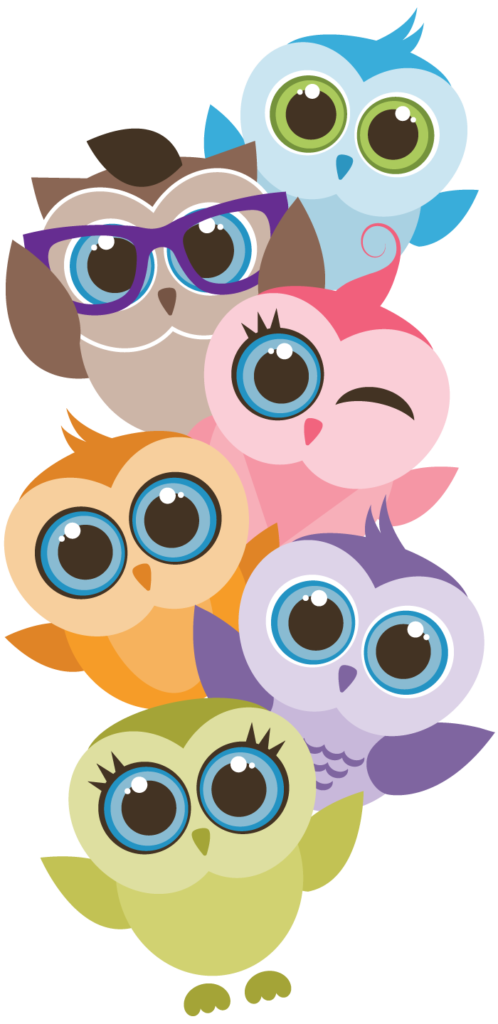
Your newborn will go from staring briefly at bright lights and faces to looking toward new sounds and watching a parent’s face when they speak. A newborn’s vision is most stimulated by black and white shapes/lines, where primary colours (red, blue, yellow) and lights are most stimulating in babies around 2-3 months old.
Between 3-5 months, your baby’s focus, convergence and 3D vision are developing, so you’ll notice them reaching for nearby objects and they’ll look at the objects in-hand. They are also starting to recognize colours.
From 5-7 months, they’ll start looking at objects further in the distance, their eye-hand coordination is developing and their eyes should be straight most of the time. It’s around this age that your baby should have their first eye exam.
At this age, your baby will start to find, recognize and move toward objects of interest. You’ll notice them imitating social gestures (smiling, waving, etc) and they pay more attention to books and small objects. Most visual skills like focusing, tracking and depth perception are fully developed.
Here you’ll see your child start to show more complex visual behaviours (ex: peek-a-boo). They’ll point to pictures in books and they can find similarities and differences in subjects around them. Their dexterity and motor skills are developing alongside their vision as well (simple building blocks, circular marks with a crayon).
Your child is now about to grip a crayon with more ease and can draw shapes and make vertical and horizontal lines. They can also walk with more stability in all environments (carpet, floors, inclines) because they now understand that shadows and colour affect what they’re looking at (3D vision/depth perception).
Children now start to recognize more shapes/pictures and even start to copy them. Their motor skills develop further to where they can begin to cut with small scissors, they can run, jump, hop and skip with fewer falls.
Now your child can remember places, objects and people. They can recognize short words (written) and can draw and colour within the lines, they can cut and paste simple shapes and forms, and they can print letters!
Your young child can now focus on close activities for longer periods, their reading levels improve and fluency is developed. They can print easily and they are now developing greater interest and skills in sports and other activities.
At-Home Tips & Activities
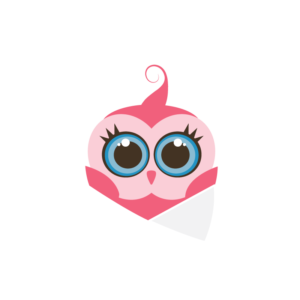
INFANTS & TODDLERS
- Use toys that move, mirrors and mobiles to stimulate vision;
- Use board books with bright colours and big, simple pictures;
- Play peek-a-boo;
- Use everyday items with bright colours and contrast.
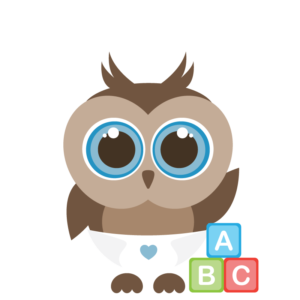
YOUNGER KIDS
- Use puzzles, mazes, dot-to-dot, eye-spy and block games to stimulate vision;
- Read together every day;
- Limit screen time to 2 hours a day.
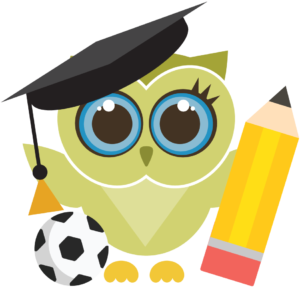
OLDER KIDS
- Take 5-minute rest breaks for computer sessions every 30-40 minutes;
- Use proper screen brightness and contrast;
- Alternate computer activities with fun (preferably outdoor) activities;
- Use good lighting, posture and viewing distance.